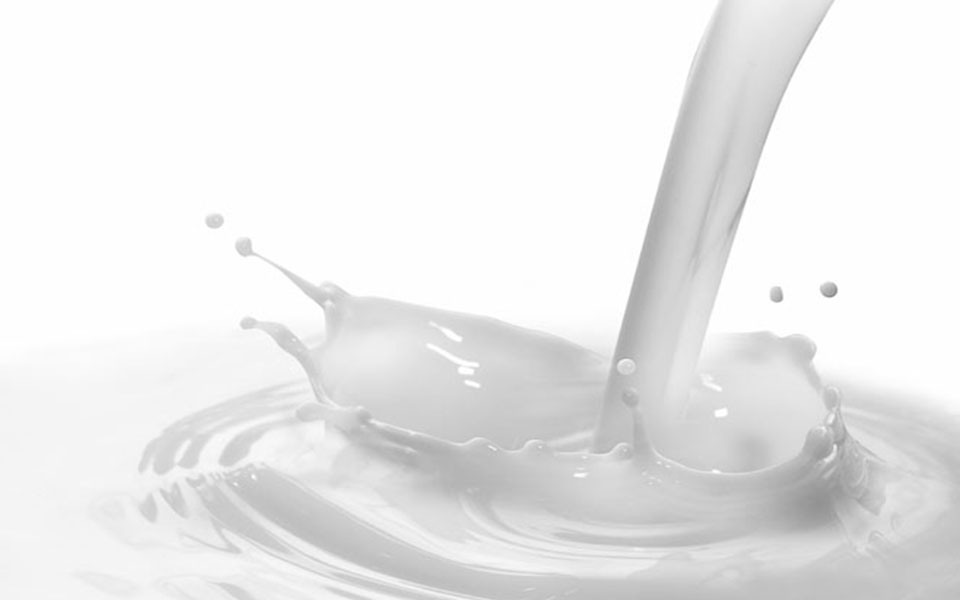May 24: Move over, soy milk and oats milk, because cockroach milk is here. If you’re scowling in disbelief or skepticism right now, we don’t blame you. Cockroach milk? Since when does cockroach (an insect) produce milk?
Since new research found that cockroach milk, nutrient-rich milk crystals found inside the Pacific Beetle cockroach — used as food for cockroach infants — could be beneficial to humans.
How cockroach milk is good for you?
Cockroach milk is thought to be a powerhouse of nutrients, according to a study published in the Journal of the International Union of Crystallography. It boasts four times as much protein as cow’s milk, three times more than buffalo milk, but also contains essential amino acids that promote cell growth, lipids that keep our bodies healthy, and sugars that fuel energy.
“The crystals are like a complete food - they have proteins, fats and sugars. If you look into the protein sequences, they have all the essential amino acids,” Sanchari Banerjee, a researcher said, back in 2016.
How do you consume cockroach milk?
Clearly milking a cockroach isn’t the most feasible option. Inverse reports that cockroach milk has a more viable future as a pill, and that form might not be too far off in the future, though it would probably take somewhere in the ballpark of 100 cockroaches to produce a pill.
But do you really need cockroach milk?
It may seem like cockroach milk has its benefits, but is it the most nutritious option?
The exact concentration of nutrients in this ‘healthy’ milk are unknown, hence Kolkata-based general physician Dr Shayan Dasgupta won’t call it a ‘wonder drink’.
Instead if you are looking to try new versions, Dr Dasgupta says, “If its is low calories you’re after, almond milk is your match, but if you are after the milk that’s nutritionally rich, cow's milk is still the best choice.”
Is cockroach milk good for your beauty regimen?
The levels of growth hormone in cockroach milk are unknown, but there is evidence that shows that growth hormones may exacerbate acne in certain individuals, Marie Claire reports.
“The high levels of sugar may make it a poor choice in terms of skin health and beauty, as we know that high-sugar diets actually accelerate skin aging. However, protein and fat are vital components of good hair and nails, and this particular liquid may make getting optimal levels of both things much easier,” Rachel Nazarian from Schweiger Dermatology Group told Marie Claire.
Courtesy: Hindustan Times
Let the Truth be known. If you read VB and like VB, please be a VB Supporter and Help us deliver the Truth to one and all.
Bengaluru (PTI): Karnataka government on Friday signed an MoU with Allegiance International Co Ltd of Taiwan to establish an Indo-Taiwan Industrial Technology Innovation Park (ITIP) in the state, with a proposed investment of around Rs 1,000 crore.
The MoU was signed by Rahul Sharanappa Sankanur, Director, Department of Electronics, IT, BT and Lawrence Chen, VP, Allegiance Group in the presence of Chief Minister Siddaramaiah, Minister for Electronics, IT & BT Priyank Kharge, and senior officials.
The project will be undertaken by the Allegiance Group with a proposed investment of around Rs 1,000 crore, leading to the creation of about 800 direct jobs via the companies setting up operations in ITIP over a period of 5 years, the IT&BT Minister's office said in a statement.
The ITIP will serve as a dedicated hub for Taiwanese companies in electronics and semiconductors, fostering advanced manufacturing, R&D, and innovation. This collaboration aims to strengthen Karnataka's position as India's leading destination for Electronics System Design and Manufacturing (ESDM) and accelerate the growth of the semiconductor ecosystem in the state.
Key highlights of the MoU include establishment of a world-class industrial park to house Taiwanese firms in electronics and semiconductor sectors; development of a robust supply chain ecosystem for components, PCBs, and chip design; creation of high-value jobs and skill development programmes in collaboration with academic institutions; and promotion of technology transfer and global best practices to enhance India's competitiveness in electronics manufacturing.
CM Siddaramaiah said this partnership marks a significant step towards realising Karnataka's vision of becoming a global hub for electronics and semiconductor innovation.
"The ITIP will attract cutting-edge technology and investments, creating opportunities for our youth and strengthening India's position in the global value chain," he said.
Minister Priyank Kharge said Karnataka has led India's technology revolution and continues to dominate in innovation, deep-tech talent, and semiconductor design.
"This partnership will accelerate our efforts to build a robust electronics and semiconductor ecosystem. We are committed to creating a level playing field and ensuring that Karnataka remains the preferred destination for global investors in advanced technologies," he said.
Lawrence Chen said, "We are excited to collaborate with Karnataka, a state known for its technology leadership. The ITIP will be a catalyst for Taiwanese companies to expand in India and contribute to the growth of the semiconductor and electronics ecosystem."





_vb_09.jpeg)